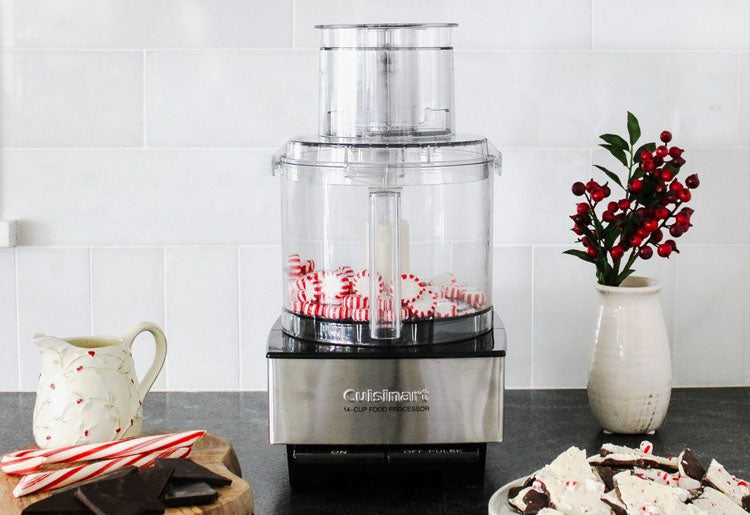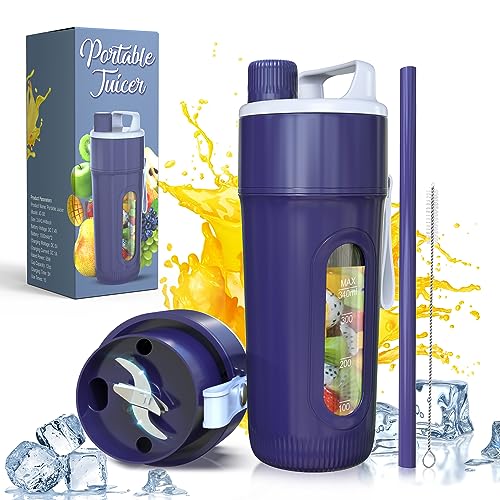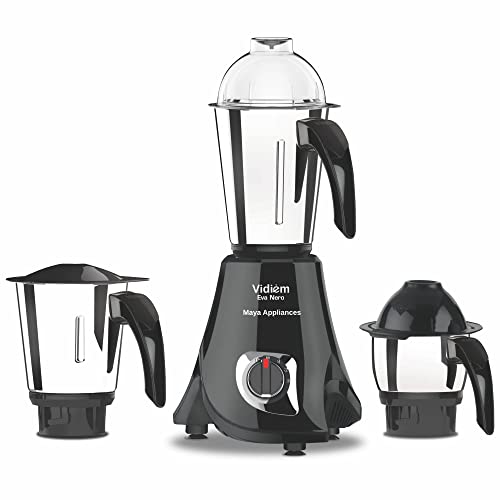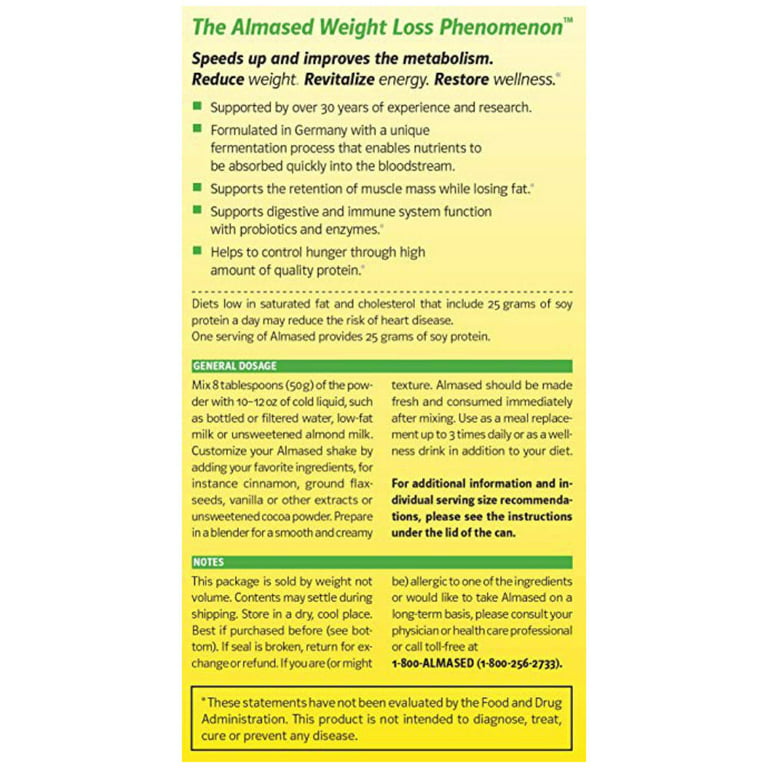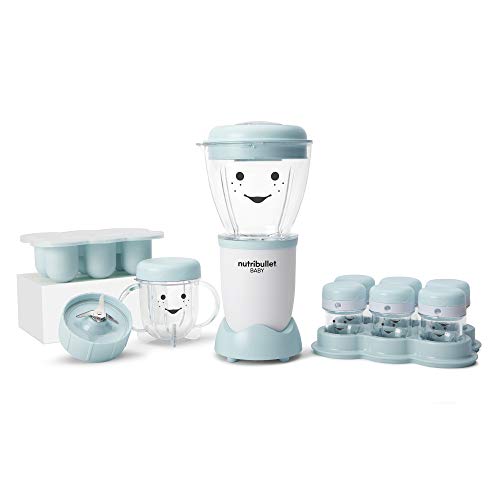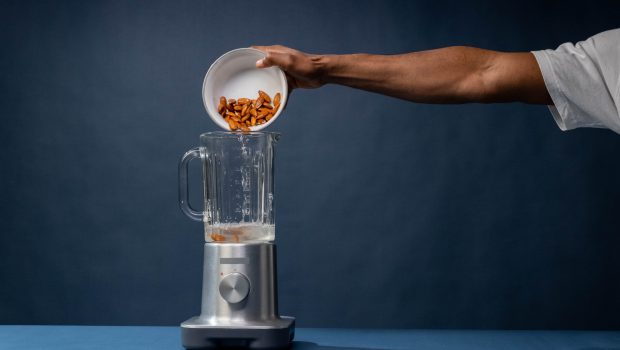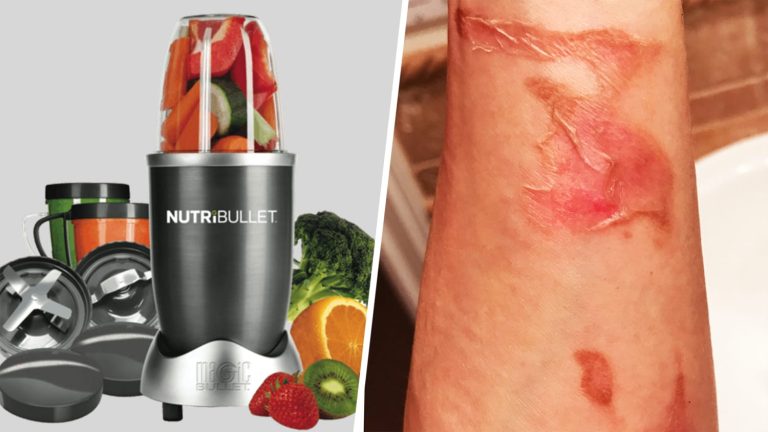How Does A Kitchen Blender Work: Unveiling the Magic!
A kitchen blender mixes and purees ingredients with a rotating blade at the base of a container. It operates on electricity and offers various speed settings.
Understanding the mechanics of kitchen appliances can simplify meal prep and inspire a creative touch in your culinary endeavors. Kitchen blenders are indispensable tools that offer a convenient way to blend soups, sauces, smoothies, and more. Featuring a motor housed in the base, these devices channel power through sharp blades that effortlessly cut through food items.
Designed for ease of use, blenders come with user-friendly controls that adjust the speed to accommodate different textures and consistencies. Whether you’re a professional chef or a home cook, a kitchen blender can elevate your food preparation process by efficiently combining ingredients into a well-blended mixture with minimal effort. With their ability to tackle a diversity of tasks, from crushing ice to pureeing vegetables, blenders have become a staple in kitchens worldwide.

Credit: medium.com
The Heart Of The Blender: Motor Mechanics
Dive into the core of kitchen wizardry: the blender. It might just sit on the kitchen counter, but within its casing, a world of mechanical wonder brings ingredients to life. Let’s unveil the magic behind the blend, starting with its powerful heart—the motor.
The Role Of The Motor
The motor is crucial to a blender’s performance. It’s the muscle, taking on heavyweight tasks with ease. Imagine you’re making a smoothie. The motor gets to work as soon as you press ‘start’. Blades come alive, fruits whir into smoothness—all thanks to the motor’s relentless spin.
Transforming Electrical Energy Into Motion
Now, how does this happen? Electrical energy is the key. When plugged in, the blender taps into your home’s power. This energy doesn’t just warm things up; it creates movement. The motor converts this electric current into rotational force, making the blades whirl at dizzying speeds to mix and chop your food to the desired consistency.
Speed control allows precision. With different settings, you can stir, mix, chop or liquefy. The motor adjusts, spinning the blades faster or slower. This control is thanks to a clever design inside the motor. By changing how much electricity it uses, it changes how fast the blades spin.
Blades: The Cutting Edge
A kitchen blender’s heart lies at its blades’ sharp edges. These blades are not just random pieces of metal. They are the key to the blender’s ability to chop, grind, and liquefy ingredients. Understanding their design and function can enhance the blending experience. It’s fascinating to see kitchen science at work at the push of a button. We will dive into the types of blades and their specific roles in the blending process.
Types Of Blades And Their Functions
Blades in a blender come in various shapes, each crafted for a purpose.
- Flat Blade: Suitable for grinding and crushing dry ingredients.
- Cross Blade: Designed for chopping, grating, and mixing a variety of foods.
- Wet Blade: Optimized for handling liquids and making smoothies.
Manufacturers may offer specialized blades for unique tasks such as kneading dough or crushing ice. Each blade type combines forces with the blender’s motor to perform its duty efficiently.
The Science Of Blending Solids And Liquids
When the blender mixes solids and liquids, it creates a vortex.
The spinning blades create a centrifugal force. This force pulls the ingredients toward the edges of the jar.
| Steps | Action |
|---|---|
| 1 | Blades rotate at high speed |
| 2 | Ingredients pushed outwards |
| 3 | Vortex forms pulling items down |
| 4 | Solid ingredients get cut |
| 5 | Liquids blend into a smooth mix |
Speed and blade sharpness are crucial. They determine the smoothness of the blend. The magic happens when solid pieces turn into purees or smooth liquids. Seemingly different elements become one homogeneous mixture, thanks to the efficient motion of blender blades.
Speed And Control: Mastering The Blend
Kitchen blenders are versatile appliances that make our culinary tasks easier. The secret to their effectiveness lies within the art of controlling speed and power. Whether you’re pureeing vegetables or crushing ice, understanding how to master these functions is key to perfecting your blend. Let’s dive into the mechanics of blender speed settings and the crucial role of pulsing for precision.
Understanding Blender Speed Settings
Blenders come with a range of speed settings to tackle different tasks:
- Low speed works well for chopping or mixing.
- Medium speed is great for grinding or pureeing.
- High speed can liquefy ingredients quickly.
Using the correct speed is vital. It helps prevent damage to the blender’s motor and ensures consistent results.
The Importance Of Pulse And Precision
For delicate tasks, blenders have a pulse feature. This allows for short bursts of power. It helps to prevent over-processing. The pulse feature is key for adding texture and fine-tuning the blend. It also protects the motor from strain.
| Task | Speed | Use Pulse? |
|---|---|---|
| Chopping nuts | Low to Medium | Yes |
| Making smoothies | High | Sometimes |
| Pureeing soups | Medium to High | No |
Design Matters: Blender Anatomy
A kitchen blender is an essential tool for culinary enthusiasts. To understand how a blender works, it’s critical to explore its design. The anatomy of a blender is not just about aesthetics; it dictates functionality, durability, and efficiency. Let’s dive into the crucial components that make up a blender.
Pitcher Shape And Material
The pitcher, or the jar, is where the magic happens. Its shape plays a vital role in ensuring ingredients blend smoothly. A well-designed pitcher encourages a vortex, pulling ingredients toward the blades. This process results in consistent textures and fine blending. Materials like glass or high-grade plastics are common. Glass is durable and resistant to scratches, while plastic is lightweight and less likely to shatter.
- Curved Base: Helps direct ingredients for optimal blending
- Wider at Top: Easier to add ingredients and cleaning
- Glass: Heavy, stable, easy to clean
- Plastic: Lightweight, less fragile, may retain odors over time
Sealing In The Power: Gaskets And Couplings
Gaskets and couplings are the unsung heroes of a blender’s anatomy. These components are crucial for a leak-proof and secure blend every time. Gaskets, typically made of rubber, seal the space between the pitcher and the base, preventing leaks. Couplings connect the motor to the blade assembly, translating the motor’s power into blade movement. This seamless integration ensures the efficiency of your blending process.
| Gasket Features | Coupling Features |
|---|---|
|
|
Safety First: Built-in Precautions
Kitchen blenders mix ingredients with ease. But safety matters most. Built-in precautions protect you while blending. Let’s explore these key features.
Overload Protection
Blenders work hard to mix foods. But too much can cause overheating. To prevent this, blenders have overload protection. This feature senses too much load. It stops the motor before damage happens. Your blender lasts longer this way.
Ensuring User Safety During Operation
Using a blender is simple. But it must be safe. Blenders have safety locks on lids and bases. They ensure everything stays in place. No spills or accidents will occur. This feature keeps users safe every time.
Blenders also have non-slip feet. They stay put while working. No sliding around on your countertop. Blenders also come with secure lid seals. These prevent any leaks while blending. A tidy kitchen is a safer kitchen.
- Safety Locks – prevent accidental spillages
- Non-slip Feet – ensure stability during use
- Secure Lid Seals – stop leaks and spills
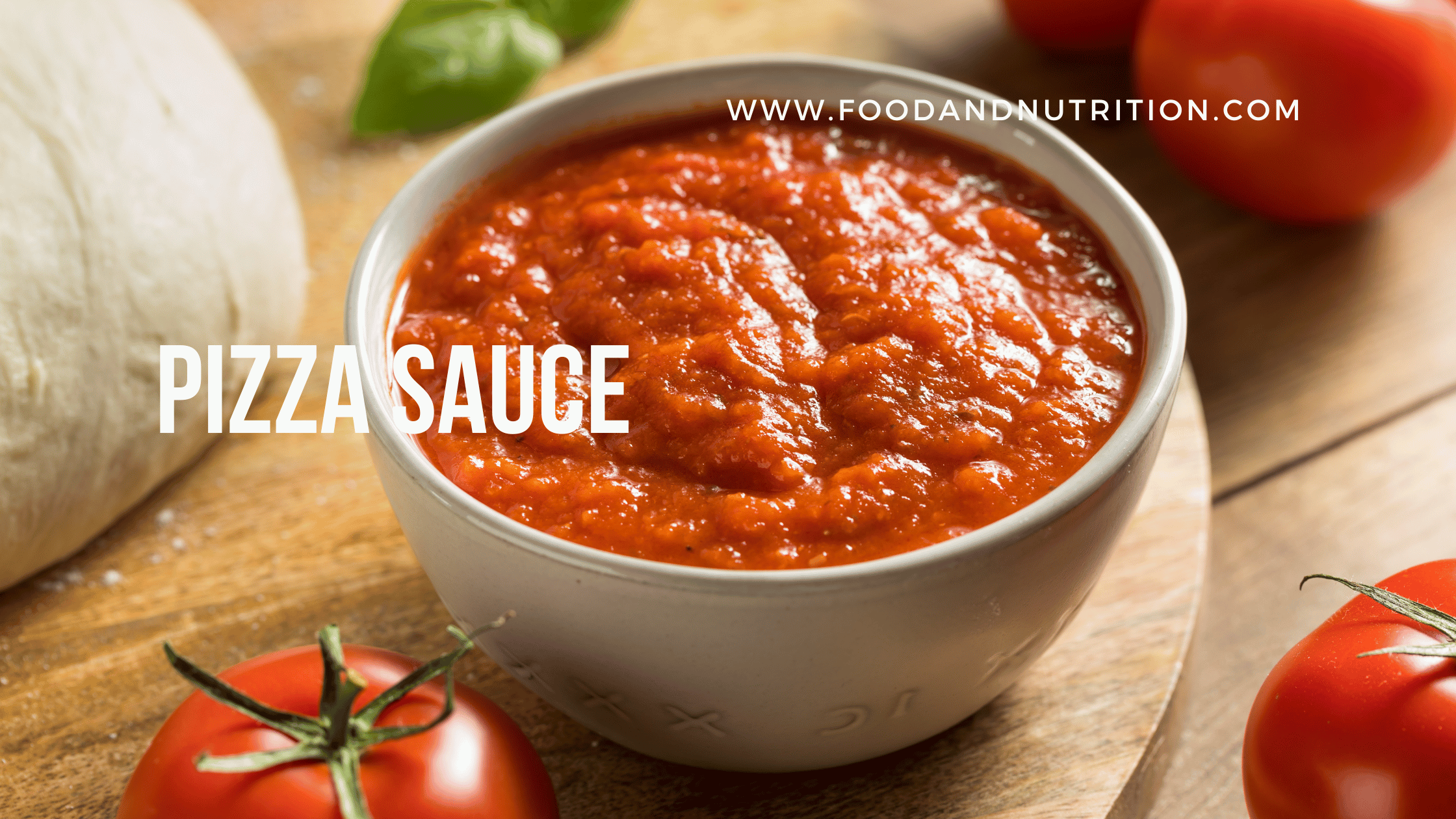
Credit: foodandnutrition.com
Beyond Smoothies: Versatile Uses Of Blenders
Blenders are not just for whipping up smoothies. These kitchen powerhouses offer a surprising array of functions. Let’s dive deep into unexpected ways to use your blender.
Culinary Adventures With Blenders
A world of taste awaits in your blender’s pitcher. Revealing how a staple kitchen gadget can become your sous-chef in innovative meal prep.
- Homemade nut butters: Grind almonds, peanuts, or cashews into creamy spreads.
- Soup Maker: Blend hot ingredients into smooth soups right in the pitcher.
- Baby Food: Puree fruits and veggies for the little ones.
- Baking Assistant: Mix batters for pancakes, cakes, or muffins effortlessly.
- Sorbet and Frozen Desserts: Transform frozen fruits into sweet, healthy treats.
Non-food Uses That May Surprise You
Blenders excel in the kitchen but they have tricks up their sleeves for non-food tasks too.
| Non-food Task | Description |
|---|---|
| DIY Cosmetics: | Create personalized face masks or scrubs. |
| Paint Mixer: | Homogenize small batches of paint for crafts. |
| Garden Compost: | Speed up decomposition by blending kitchen scraps. |
| Soap Making: | Stir soap mixtures for even consistency. |
| Craft Projects: | Shred paper for papier-mâché or other crafts. |
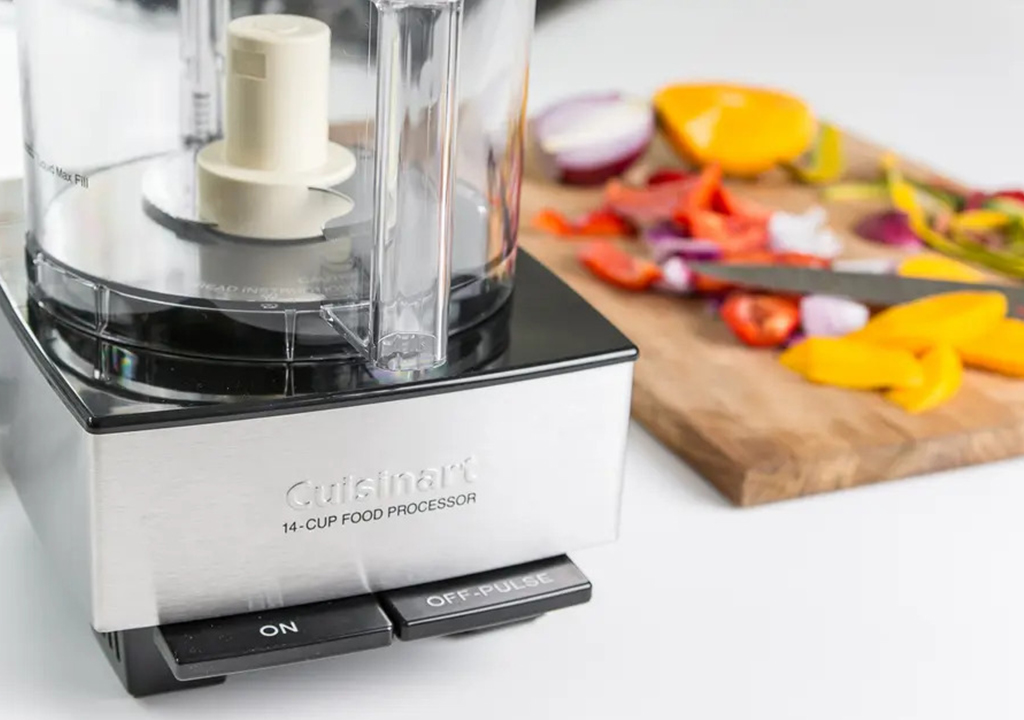
Credit: kitchenworksinc.com
Frequently Asked Questions For How Does A Kitchen Blender Work
What Are The Main Parts Of A Kitchen Blender?
A kitchen blender typically includes a motor housed in the base, a blade assembly, a glass or plastic pitcher or jar, and a lid. The motor powers the blades to blend ingredients smoothly.
How Do Blenders Mix And Chop Food?
Blenders mix and chop food by rapidly spinning sharp blades at the bottom of the pitcher. When the motor is activated, the blades create a vortex that pulls ingredients downward for an even blend.
Can A Blender Crush Ice Effectively?
Yes, a blender can crush ice effectively, especially if it has a powerful motor and sturdy blades designed for ice crushing. For optimal results, use a blender with an ice-crushing setting.
What Is The Difference Between Blender And Food Processor?
A blender is designed for liquid-based tasks like making smoothies and soups, while a food processor is better for solid tasks, such as chopping vegetables or making dough, due to its wider base and varied attachments.
Conclusion
Understanding the mechanics of a kitchen blender simplifies your culinary adventures. It’s vital to choose the right blender for your cooking style. Blenders transform ingredients into delicious creations through power and precision. For smooth results, maintenance and proper use are key.
Blend on and savor the magic in your kitchen!

